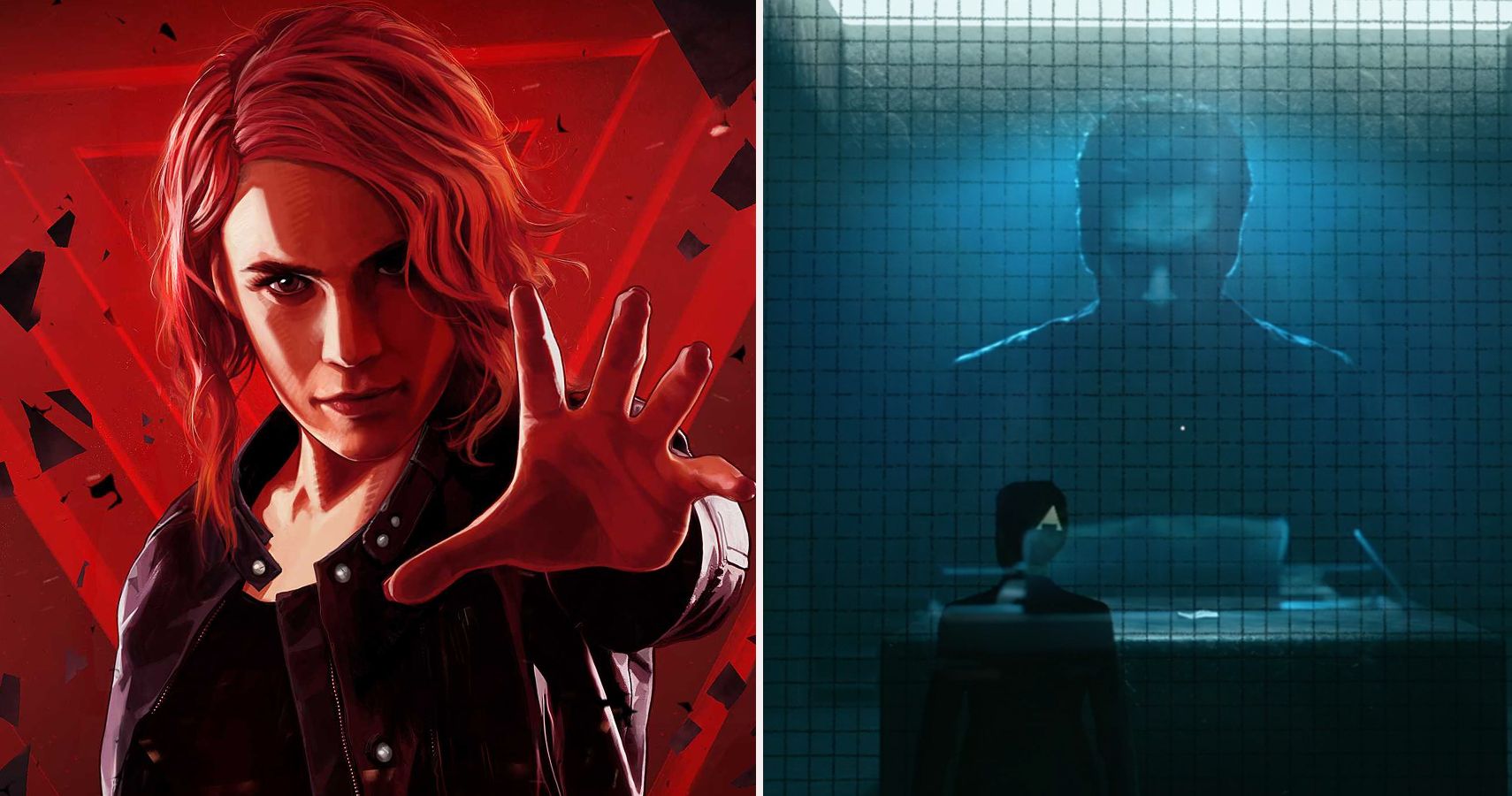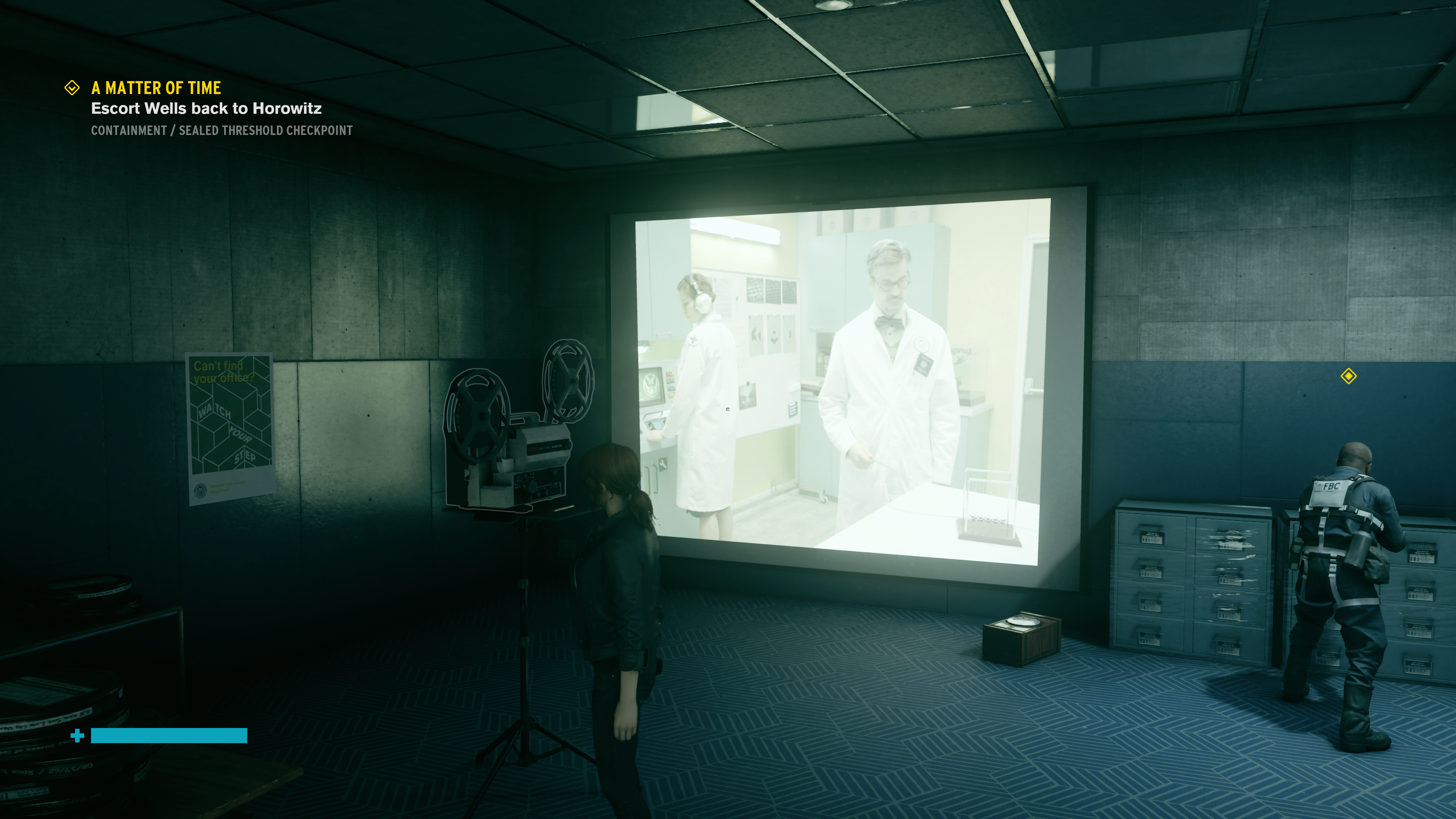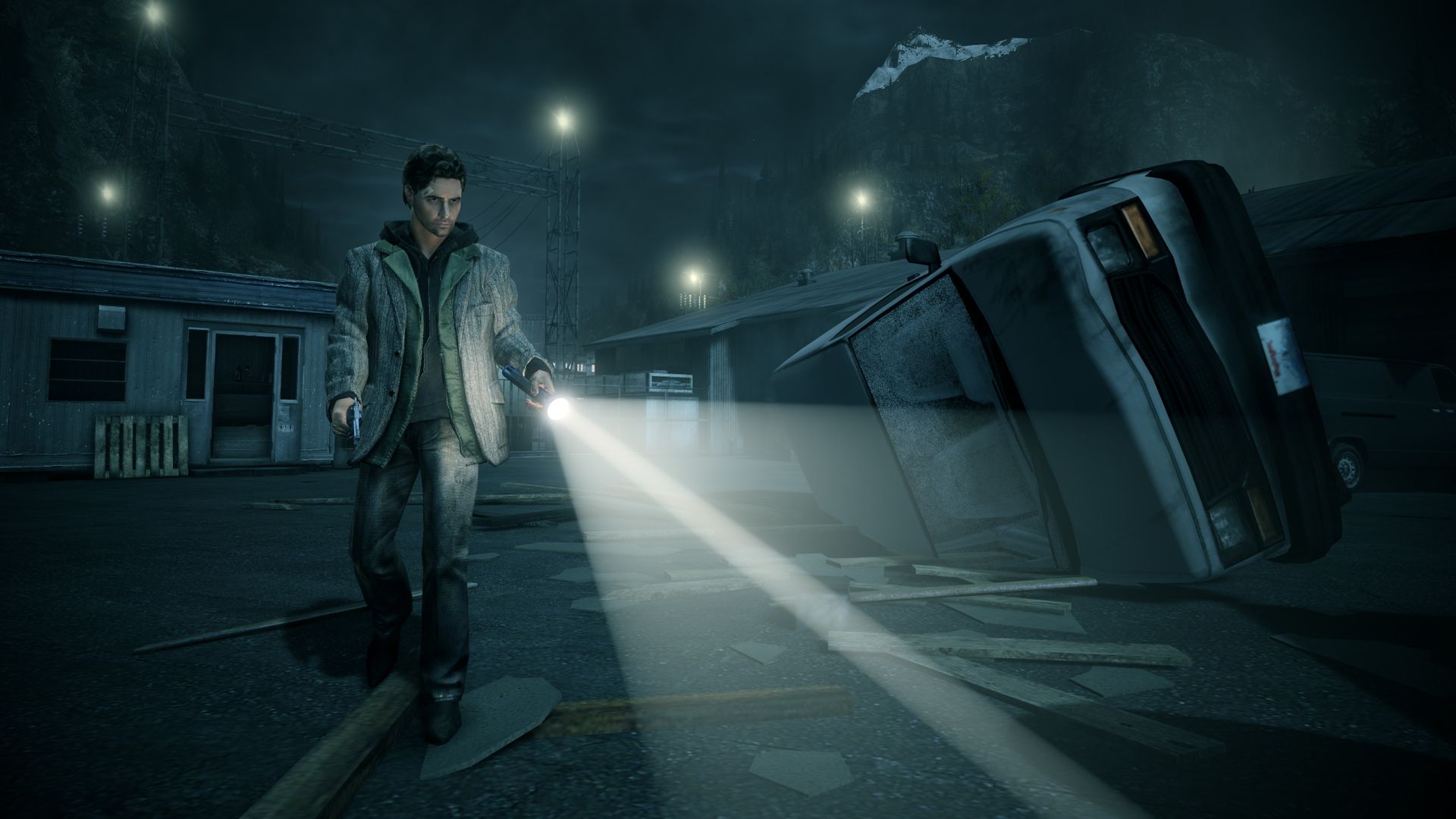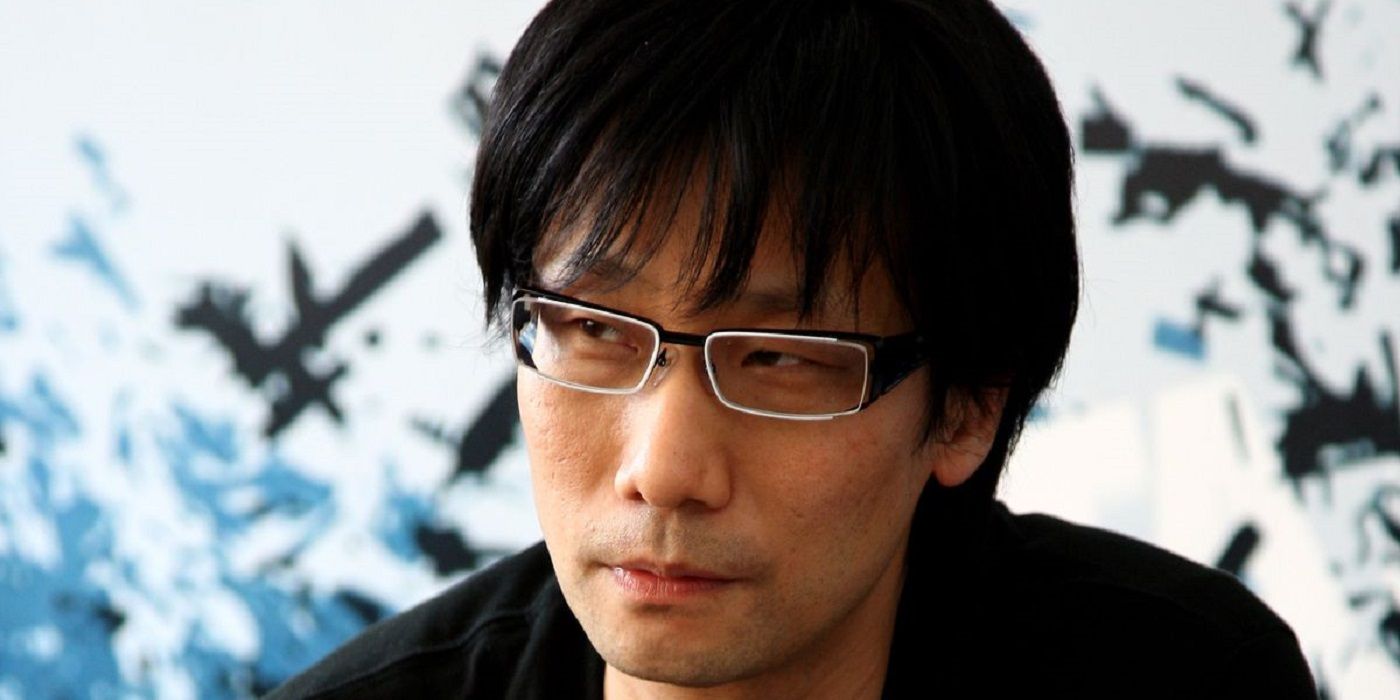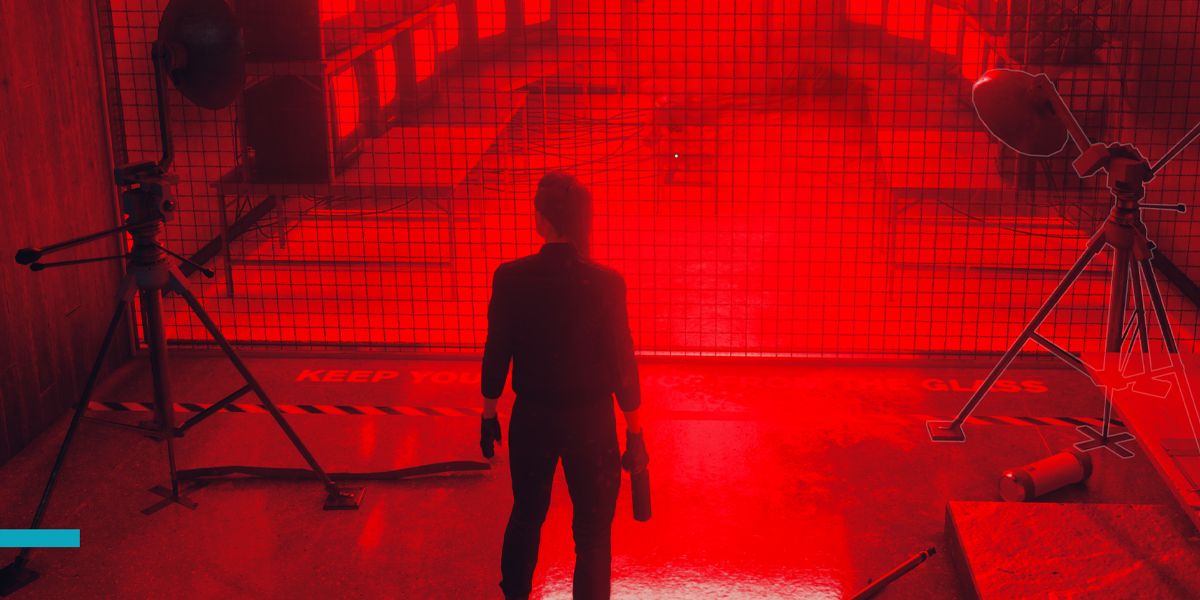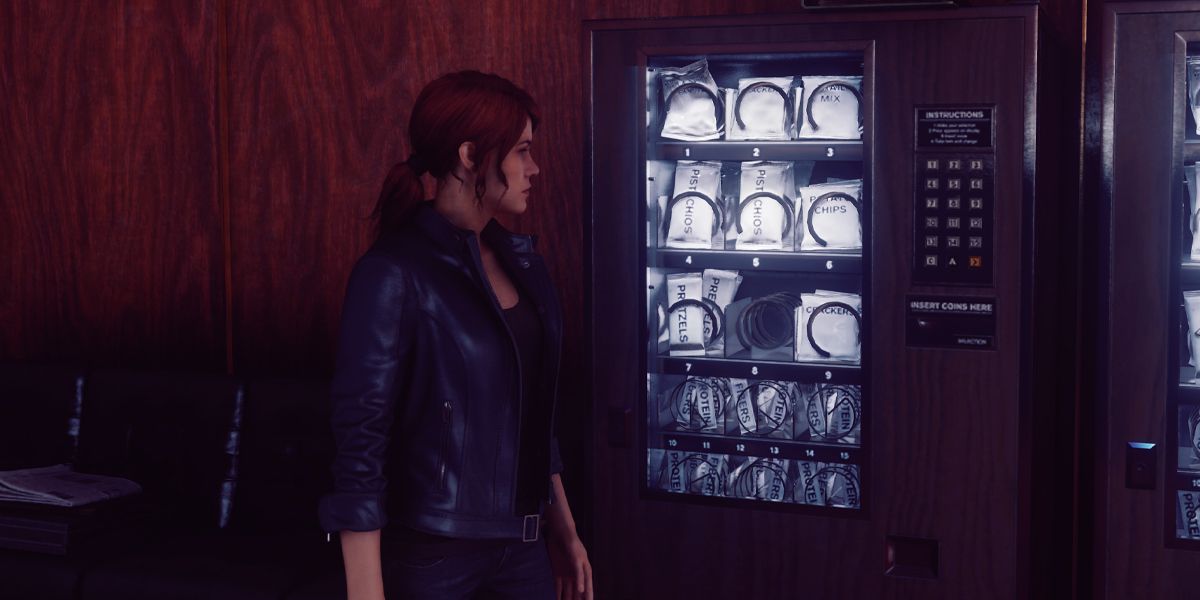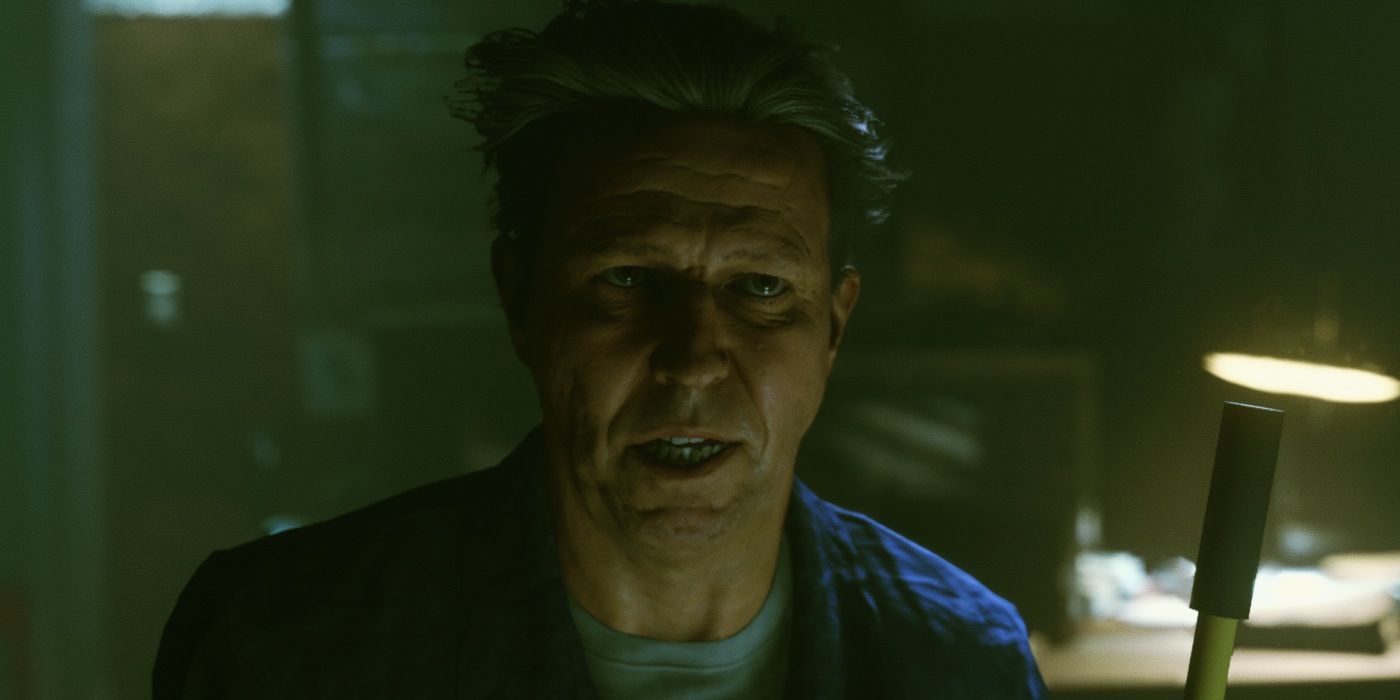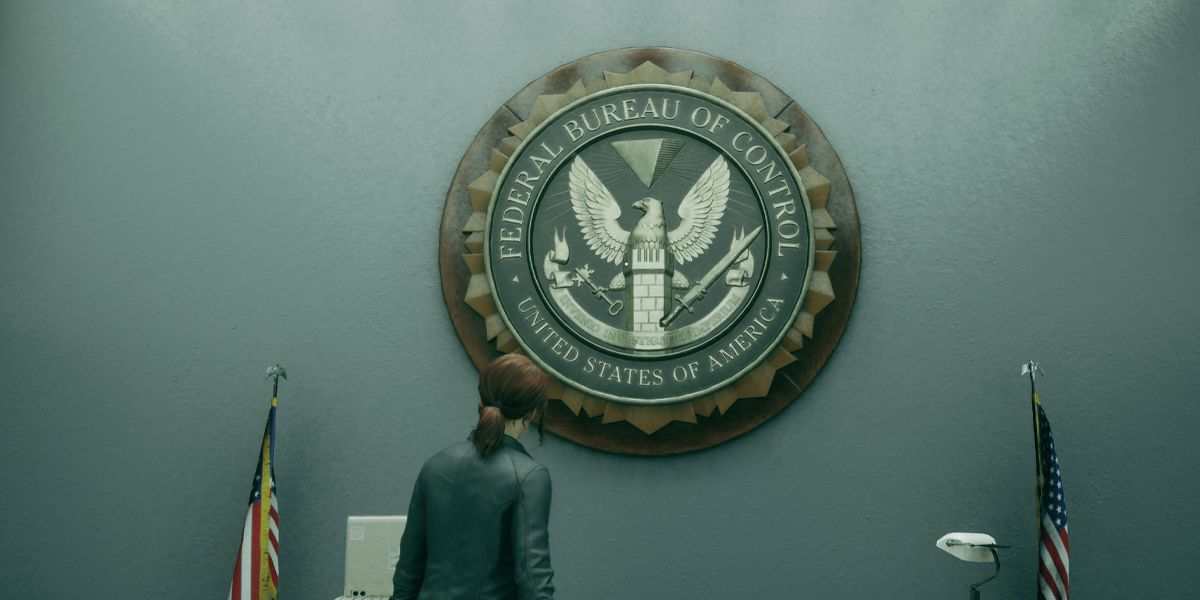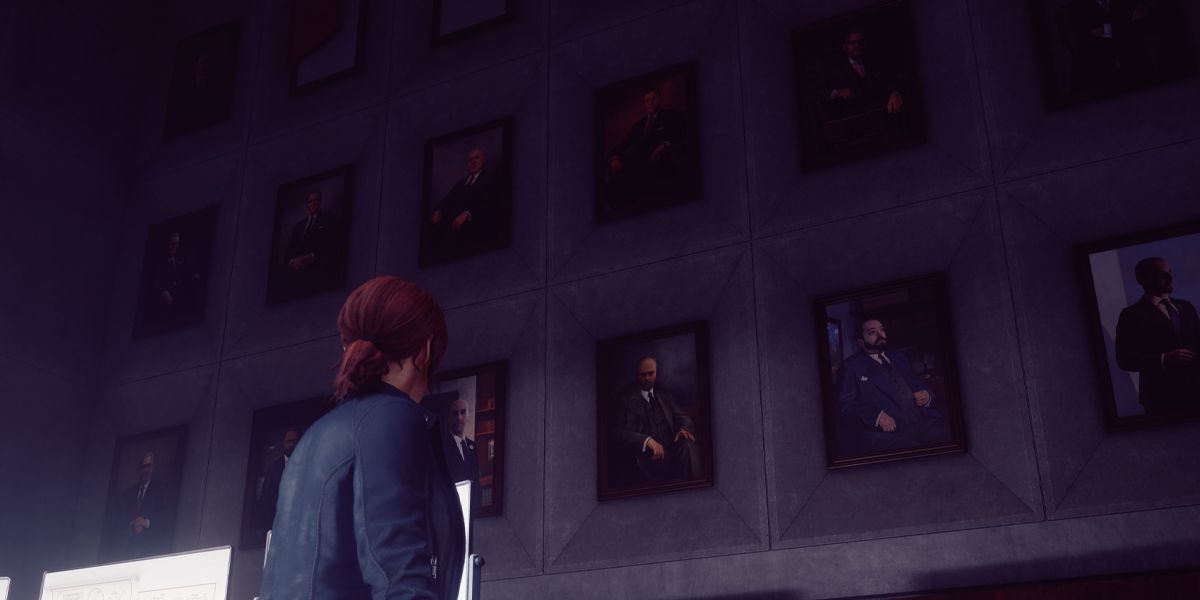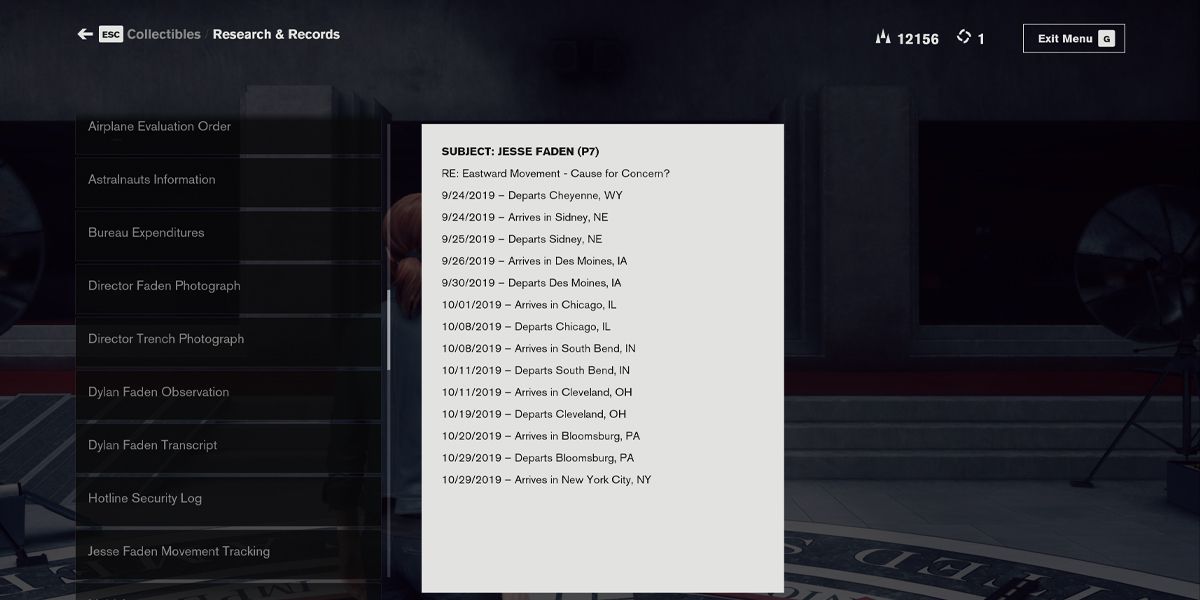Control, the new third-person action game from Remedy Entertainment, is fantastic fun to play. With snappy gunplay, astonishing superpowers, and massive explosions of color and office supplies, anyone could be forgiven for missing some of the intriguing secrets Remedy hid throughout the game. Some of them are easy to see and figure out, but some require a bit more digging, as well as awareness of real-world events, other video games, and history in general.
The game's protagonist, Jesse Faden, has an immense appreciation for all the weirdness the game has to offer, and it's worth tracking down every bit. Here are ten great examples of secrets hidden in Control. Please be aware that the following entries may contain minor spoilers.
10 The American Embassy in Cuba
The Federal Bureau of Control (FBC), the shadowy organization that employs the main character Jesse, focuses its research on various supernatural items and events. Though most of these are entirely fictional, some are based on real events. For example, while exploring the Communications area, you can find a reference to an incident in Cuba when dozens of employees at the U.S. Embassy in Havana fell ill due to a strange noise.
This actually happened in 2017, with employees reporting headaches, nausea, hearing loss, and memory loss. In Control, however, you can find documentation which puts the blame on an Altered Object, along with excitement over the fact that it will be easy to cover up.
9 The Use of Live-Action
Remedy's previous game, Quantum Break, gained significant attention for its use of live-action television segments in between gameplay. Though reactions to this feature were mixed, Remedy didn't give up on the concept, though it did take a slightly more subtle approach.
One of the main mysteries of the game centers around a scientist named Dr. Casper Darling. Throughout the game, Jesse watches various videos he produced to provide information about the Bureau and its activities to visitors and employees. Each of these videos is live-action but expertly integrated into the visuals of the game so as not to break immersion.
8 The Connection To Alan Wake
Alan Wake is one of Remedy's most popular games, and fans have been clamoring for a sequel. It turns out they may have got it... kind of. According to Control, the entirety of Alan Wake was one of the "Altered World Events" that the FBC studied. It also connects various characters from Alan Wake to the FBC and even provides information on what happened to him and his wife after the events of the game.
More interesting, however, is that it connects Alan himself to the FBC. They believe that he, like Jesse, has the ability to use Objects of Power, and might a prime candidate for the Directorial role as well.
7 Hideo Kojima
Control is certainly one of the strangest games to come out this year, but it hardly has the market cornered. Notable on that list is Hideo Kojima's Death Stranding, which has garnered the lion's share of attention leading up to its November release. While some might assume this makes the two games competitors, it seems that Kojima doesn't see it that way.
Both he and Kojima Productions' head of marketing, Aki Saito, appear in Control, with Kojima as a scientist and Saito as his translator. It seems clear that Kojima just loves weird games, whether he's producing them or not.
6 Fan Death
Much like the incident in Cuba, this is another reference to a real-life occurrence, though in this case, it’s a superstition. Late in the game, you can find a paper referencing a PR incident in which an untrained agent spun a story about “fan death” to cover up an incident resulting from an Altered Object.
Fan death is a real-life superstition in South Korea, Japan, and Russia. Adherents to the myth believe that fans can cause asphyxiation, heatstroke, or hypothermia when people fall asleep with an electric fan pointing at them. Though this theory has been thoroughly debunked, it still has hundreds of thousands of believers.
5 No Brands
It’s not uncommon for games to create fake brands and companies for various items in their games to provide a sense of realism, even when they can’t use real ones. In Control, things are a bit different. Early in the game, you can find a warning stating that no “archetypal” items should be brought into the building, as they can become altered items thanks to humanity’s collective consciousness.
This includes things like rubber ducks and ketchup bottles, as well as anything branded, as brands often become synonymous with the items they produce. Think “Band-Aid” or “Xerox.”As a result, the FBC utilizes no branded items within the building. The easiest place to see this is in a vending machine. Instead of Planter’s or M&Ms, you’ll find plain white packages stating “peanuts” and “chocolate.”
4 Ahti
Ahti the janitor is a secret hiding in plain sight. Throughout the game, Ahti will help you by providing hints to puzzles and access to otherwise closed areas. As you play, you’ll notice his seemingly supernatural understanding of the events taking place, as well as his ability to be just about anywhere he wants.
This isn’t accidental, as Ahti is a heroic character from Finnish mythology. He makes his home deep under the sea and enjoys fishing more than anything. At his core, Ahti is a fearless and relaxed god, and that seems to line up perfectly with his presentation in Control.
3 The FBC's Logo
As you play through Control, you'll encounter the FBC's logo more times than you can count. It may be easy to overlook it as a generic governmental symbol, but great care was taken in the design to feature both real-life and game-specific symbolism. The inverted pyramid corresponds to the agency's secretive Board.
Meanwhile, the key is almost entirely identical to the National Security Agency's, but the double-sided teeth likely represent the multi-dimensional nature of the FBC's work. The Latin motto is very straightforward: "Invenio," meaning invent or discover, "investigatio," meaning investigate, and "imperium," meaning authority, command, or control.
2 Portraits
The Federal Bureau of Control contains a wide variety of artwork, from painted western landscapes to travel posters and the building's architecture. From the beginning of the game, however, portraits carry the most meaning. Upon entering the FBC, you'll encounter multiple portraits of Trench, the Bureau's current director. This is quite short-lived, however, as Jesse quickly takes that role herself.
The building itself immediately recognizes her, and the portraits all change to show her as the director, wearing a suit she's never had in a photo she never took. Additionally, you can find the portraits of all the former directors in the conference room in the Central Executive area, many of which seem to resemble portraits of past U.S. Presidents. For example, former director Northmoor's portrait seems to resemble John F. Kennedy's.
1 The Timeline
The FBC is an extremely powerful organization, so it makes sense that they'd try to keep track of a directorial candidate like Jesse Faden. As it turns out, they kept records that help players pinpoint exactly when the game takes place. Like the paper shown above indicates, Jesse arrived in New York City on October 29th to begin her search for the Federal Bureau of Control and its headquarters, the secretive Oldest House.
Based on this, we can guess that the game itself likely takes place after a couple of days, right on Halloween. That would line up with the game's internal emphasis on the power of collective human belief in the paranormality of an object, place, or time.

